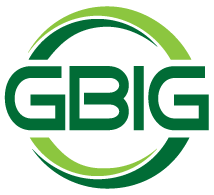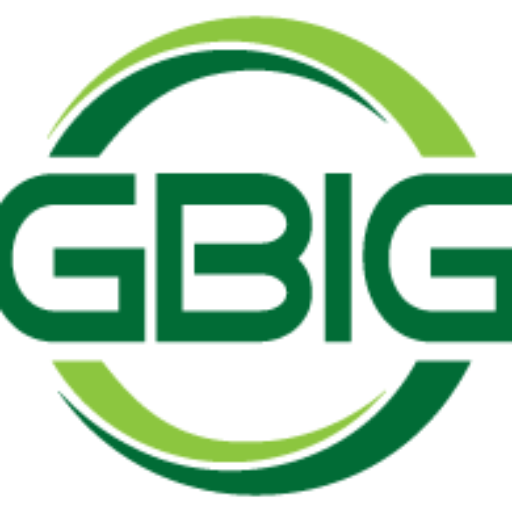Five-year-olds have so much to teach us about employee performance. Years ago, Mike Quinn, consulting partner at 15dots™, coached his two sons’ soccer team. He loved coaching and learned valuable life lessons, right along with his kids. Here’s his coaching story:
I learned some valuable lessons coaching my two boys’ sports teams over the years, but one particular lesson made me feel worthy of being called “Coach.” What follows is the story of how, years ago, little Bobby helped me become a better coach. (Bobby’s name has been changed to protect the young and innocent.) Little Bobby is your typical 5-year-old coming out for soccer. He’s smart, listens reasonably well, loves to run and have fun, and comes from a good, supportive family. He absolutely loves to kick a soccer ball.
The Trouble with ‘Booming’ the Soccer Ball
Now, here’s how little Bobby helped me. As I mentioned, Bobby loves to kick a soccer ball. He loves it so much that during our first game, every time the ball came his way, he would “boom” it as hard and as far as he could. This was not exactly what I wanted and not what we had worked on at practice. (We practiced controlling and settling the ball.)
Building Self-Confidence
So, I asked myself, why does Bobby “boom” the soccer ball? Could it be that he doesn’t know how to control the ball? No, that isn’t it, because in all of our drills, he did just great. Maybe he doesn’t have confidence in his ability to control the ball in a game situation? Ah! That’s it, lack of confidence.
So, at the next practice, we worked on controlling the ball with defenders coming at us. However, that wasn’t it either! Again, Bobby did just great settling and controlling the ball. The problem definitely was not a lack of skill or self-confidence. Well, I thought, maybe I haven’t been clear enough with Bobby about the importance of controlling the ball.
Setting Clear Expectations
So, before the next game, I explained to the team how controlling the ball is much more effective than just kicking it away to our opponent or kicking it out of bounds. Everyone said they understood, and I looked forward to seeing what would happen.
To my surprise, Bobby and some others as well, were still “booming” the ball. In Bobby’s case, he “boomed” the ball almost every time it came near him! Feeling rather frustrated, I tried to shift my thinking. Instead of asking, Why does Bobby “boom” the ball? I asked, What happens to Bobby when he “booms” the ball? Once I found the right question, it didn’t take long to figure out the answer. You see, every time Bobby “boomed” the ball, his good and supportive family (and others) cheered, “Great kick, Bobby! That’s the way to do it!”
The Power of Positive Reinforcement
Wow, poor little Bobby. I asked him to stop doing something that got him positive reinforcement. Now what should I do? Well, before the next game, I met with the parents. We talked about “booming” the ball and decided to establish clear expectations for players and family members.
Expectations set for the players:
- Have fun
- Control & settle the ball
- Play positions
- Shoot the ball at the goal (when open and within 10 yards)
- Pass the ball to a teammate (when they’re open and in a better position than you)
Expectations set for family members:
- Cheer for players doing or attempting to do any of the above
- Be silent when players do things inconsistent with the above
- When in doubt, discuss it with the coach
The Remarkable Wins We Achieved
Well, as you might expect, things didn’t change overnight, but they did change. In time, with no more cheers for “booming” the ball, Bobby and the others got the idea. It was remarkable. Our 5- year-olds were passing the ball, playing their positions, taking on defenders with the dribble, taking shots on goal, and controlling/settling the ball. And they were having a great time in the process.
No, we didn’t win all our games – if you measure winning by the traditional means. But if you redefined winning as learning, using new skills, and having fun, we were big winners that season. Even more importantly, we created a foundation of knowledge, skill, and love for the game. I’m happy to report that Little Bobby played soccer well into high school.
The 4 Performance Prerequisites
These coaching lessons apply to workplace, also. Creating a winning environment requires positive reinforcement and purposeful actions. For high performance on the field or on the job, four things must be present:
- Skills
- Self-confidence
- Opportunity to perform
- Supportive environment
Coaching Lessons for the Workplace
To learn more about “coaching” in the workplace setting, contact 15dots. 15dots provides the tools and training necessary to repeatedly, reliably, and independently choose the right hires for your team.









